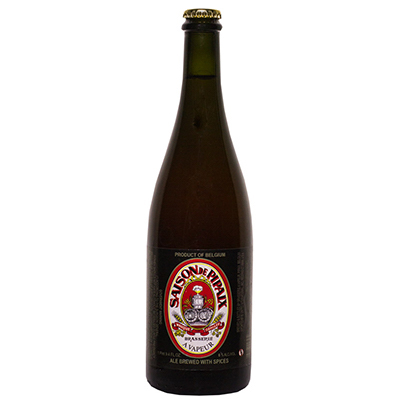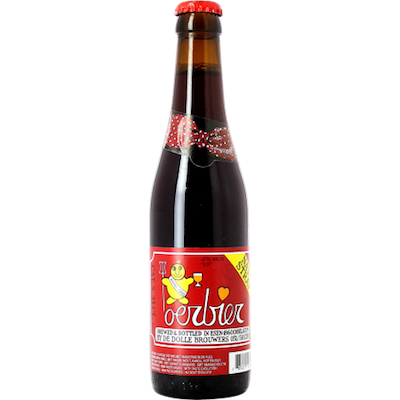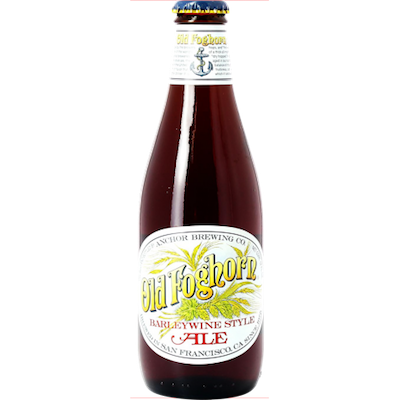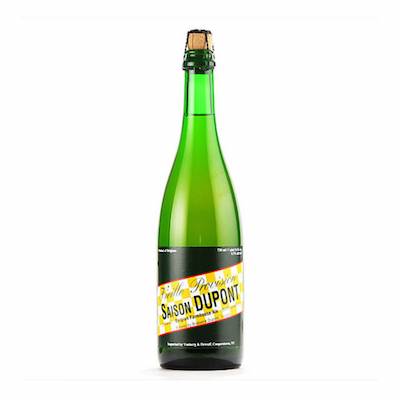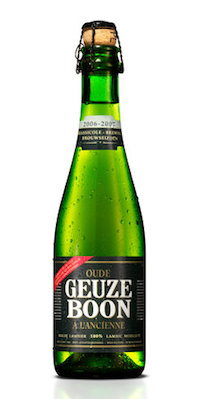9 Underrated Classic Beers Everyone Needs to Drink
Photo via Shutterstock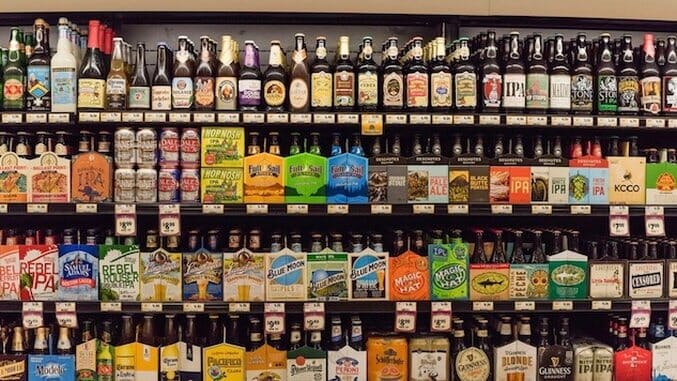
A few days ago, I was having a conversation with a friend of mine, who also happens to be the buyer at one of my favorite local bottle shops. We were discussing the current hazy IPA trend, and how everyone—from local mainstays O’so to now-Big Beer behemoths like Ballast Point—is dipping their toes into that hazy, non-flocculated pool. This gave way to a discussion of originality, of innovation—or lack thereof—in the craft brewing industry, and if we are truly, to paraphrase Cicerone Program founder Ray Daniels’ recent statement, entering an era of wheel-spinning.
This is probably hyperbole. Just look at music: no one would confuse glam-rock cult icons Sweet’s “Little Willie” with the Richard Thompson tune they lifted the progression from. They are two great tastes with similar DNA. Likewise, with beer, there are always new hops to discover and cross-breed, new yeast strains to isolate, new techniques to pioneer…
But just in case these fears are founded, and there comes a day when Cory King, Jerome Rebetez, and Troy Casey throw up their hands and say “I dunno,” here are some rock-solid shelf turds to get you by until someone hollows out a volcano and ages the cooled lava in a South African red Zinfandel barrel. These beers are often overlooked, but some of the best classics at your local beer store.
Antwerpse Seefbier
Style: Multigrain ale
6.5% abv
Belgium
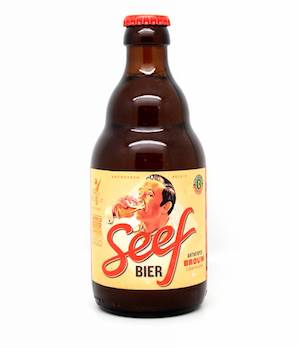
This beer occupies a particularly soft spot in my heart because the importer that had been bringing it in recently ceased distribution to Wisconsin. Just, just what the hell? Despite that, you can probably still get it most places and, trust me, you should. Essentially a slightly strong blonde ale brewed with wheat and oats, Seefbier stakes a claim in ale-space midway between Tripel Karmeliet and your finer table saisons. A brilliant gold color, the palate is a riot of stone fruit, white pepper, and a clean, mineral water profile. The carbonation is zippy, and settles into a still-lively softness after a few sips. It is so simple, and so perfect.
Sinebrychoff Porter
Style: Baltic (?) porter
7% abv
Finland

Some clarification about the style here: this beer’s label names it a “Baltic porter,” which is essentially a porter, usually stronger but sometimes not, fermented with a lager yeast. Like most styles, this one can be traced back to necessity: when the Russian court and other Eastern European nations were becoming infatuated with the stouts coming out of England, they eventually tried their hand at making them themselves. Problem was, they mainly had lager yeasts on hand, so…yeah.
On the same label, though, Sinebrychoff refers to this as an “ale.” So really, who knows? Also, when it’s this good, who cares? For the record, I do think this is a true Baltic porter: the beer has a light-bodied cleanliness to it, with a restrained yeast character usually indicating at least a lengthy lager process. It is smooth, chocolatey, with little to no bitterness to speak of. This is one of the definitive examples of the style, and you can typically find bottles for four or five bucks.
Weihenstephaner Original Premium
Style: Helles lager
Germany
5.1% abv

When you’ve been brewing for almost a thousand years, chances are that you’re doing something right. And while Weihenstephaner continues to reap renown for their wheat beers, their lagers—Pilsner and Korbinian doppelbock also among them—have typically not received the same sustained support, even in the midst of the lager revolution we’re currently seeing in the States.
That, along with Donald Trump and Florida Georgia Line, is our national shame. Because holy god is this a flawless beer. It pours crystal-clear gold, with a pristine white head. True to the helles lager style, it evokes the qualities of a pilsner, but with a more obvious focus on the malt character—in this case crackery, dry, and just a touch sweet. There is a hop note, restrained, evoking spring meadow.
If I sound Romantic, good. This is an old world beer that dredges up old world sentiments: a sense of place, a national identity. Half a hundred lives’ pursuits.
La Trappe Quadrupel
Style: Trappist quad
The Netherlands
10% abv
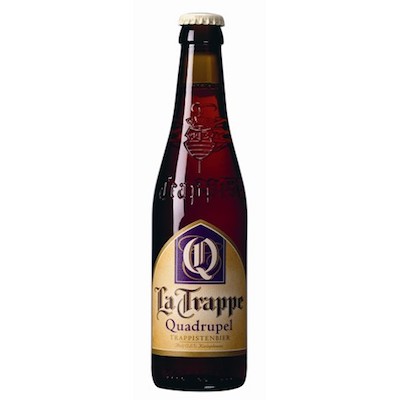
If you’re a seasoned Trappist ale drinker, you tend to have a fairly good idea of what you’re going to get when you order a quadrupel: a ruddy dark brown ale, lightly tanned head, an aroma and flavor of figs, dates, maybe a hint of chocolate if the malt bill is particularly rich and complex. This is a welcome constant along the same lines as death, taxes, and hatred of Roman Reigns.
La Trappe, however, distinguishes itself through a simultaneous nod to, and send-up of, that stylistic trope. It pours a strikingly light reddish brown—both the brewery’s Dubbel and Isid’Or amber ale are darker in color—with very little haze or yeast opacity to speak of. There is the requisite dark fruit/toffee/earthy-hop profile, but this quad sets itself apart with an underlying leather-meets-dried-currant sort of snappiness. The finish is remarkably dry, and begs another serving.
